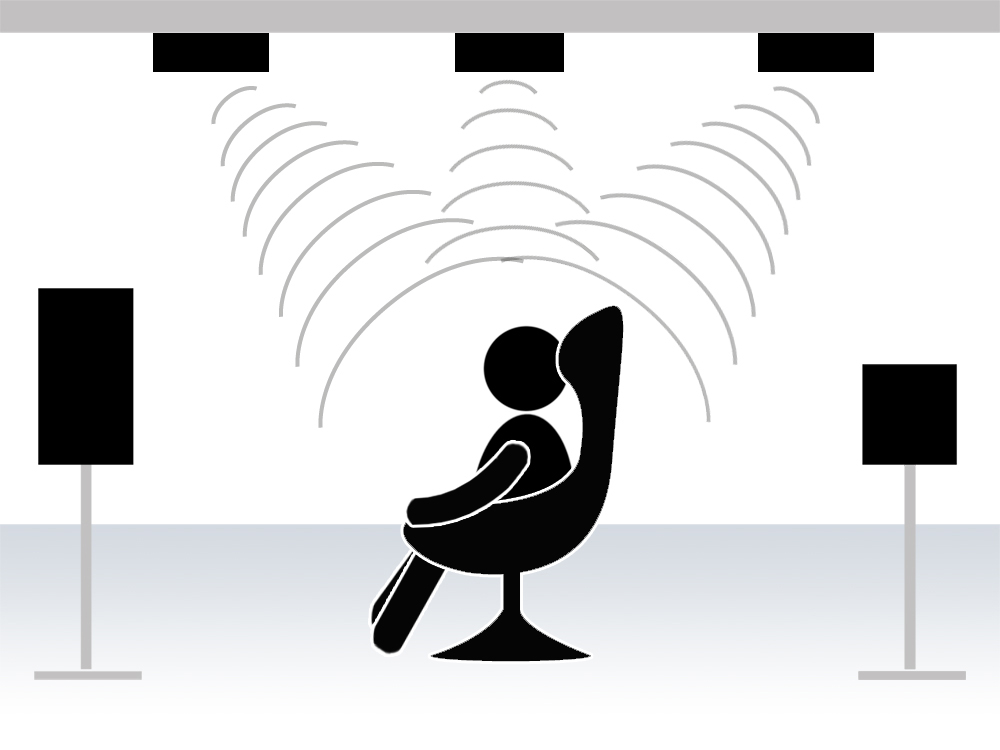Atmos and Auro speaker compatibility
The receivers presented here are compatible with Dolby Atmos and, after the update, also with Auro 3D. However, there is an important difference with the speakers. If you have already purchased Dolby Atmos Enabled speakers, i.e. speakers that already have a driver directed at the ceiling, these are not compatible with Auro 3D! This means that only "real" ceiling speakers can be used for the process, which in turn are also compatible with Dolby Atmos.


